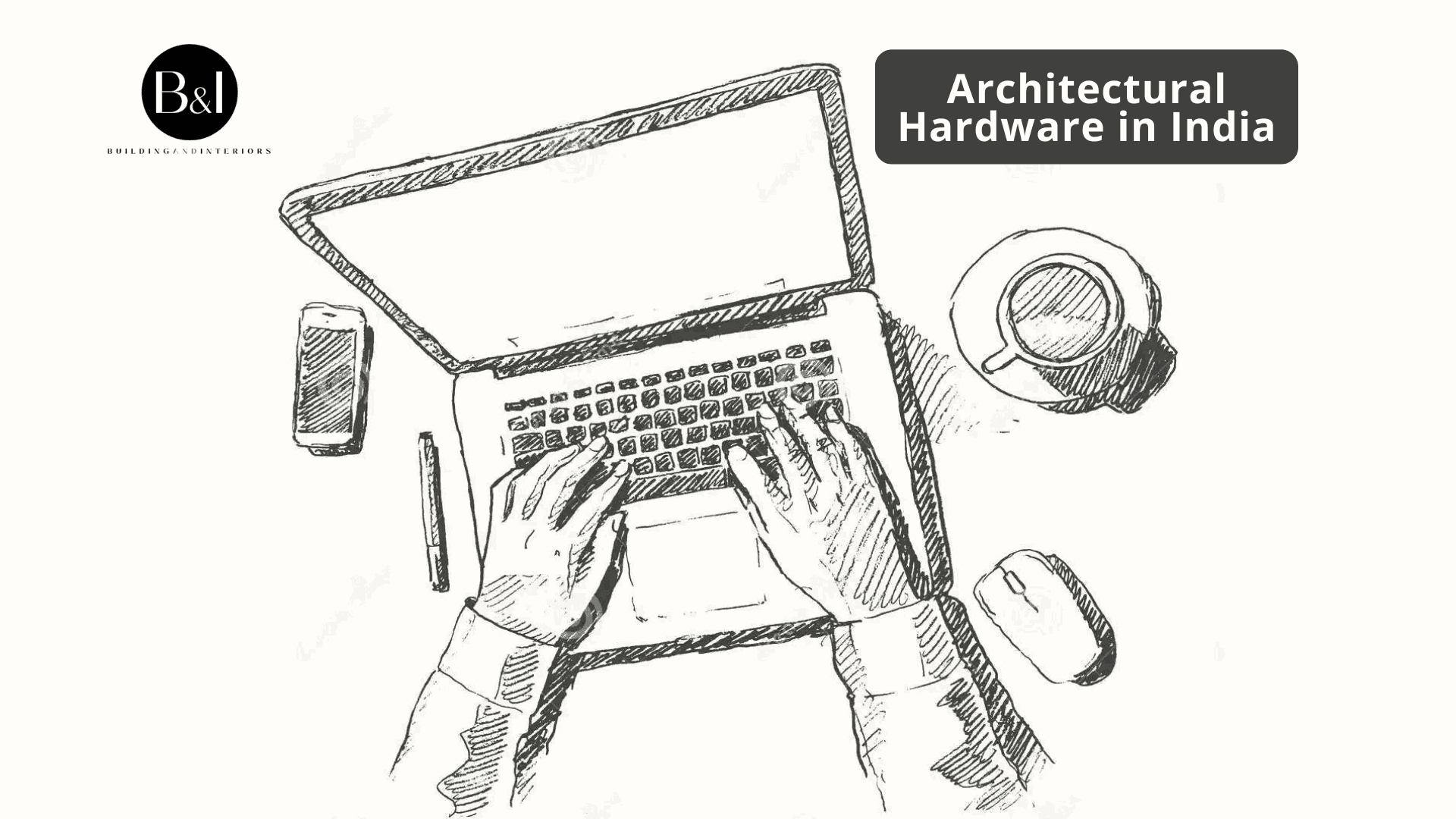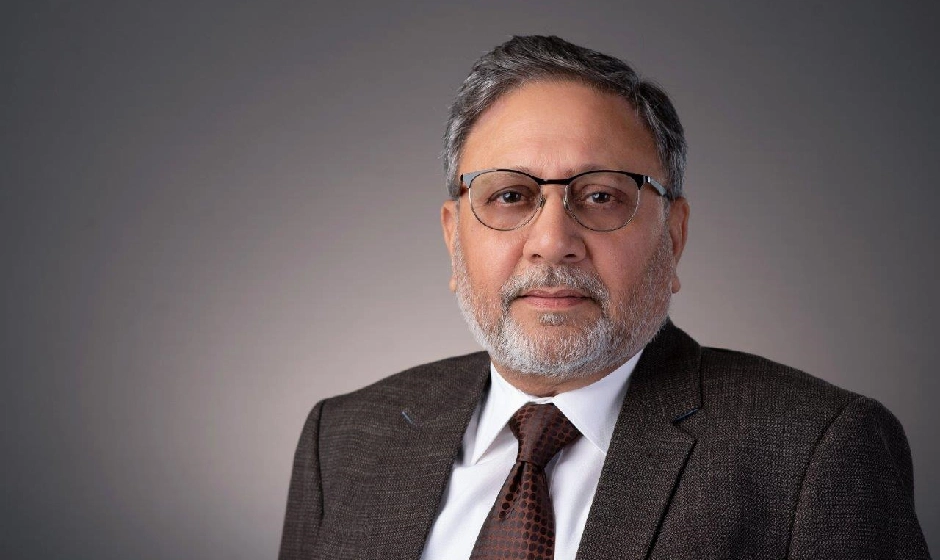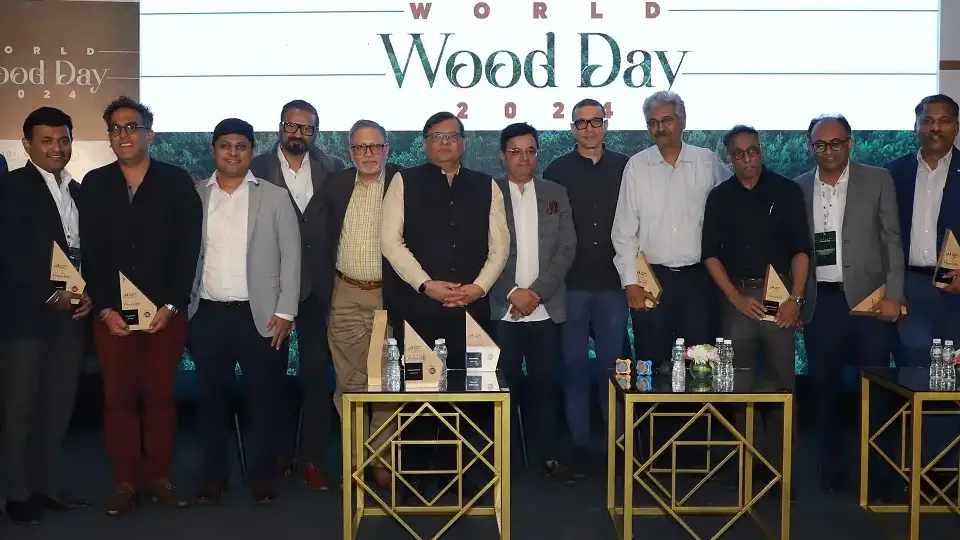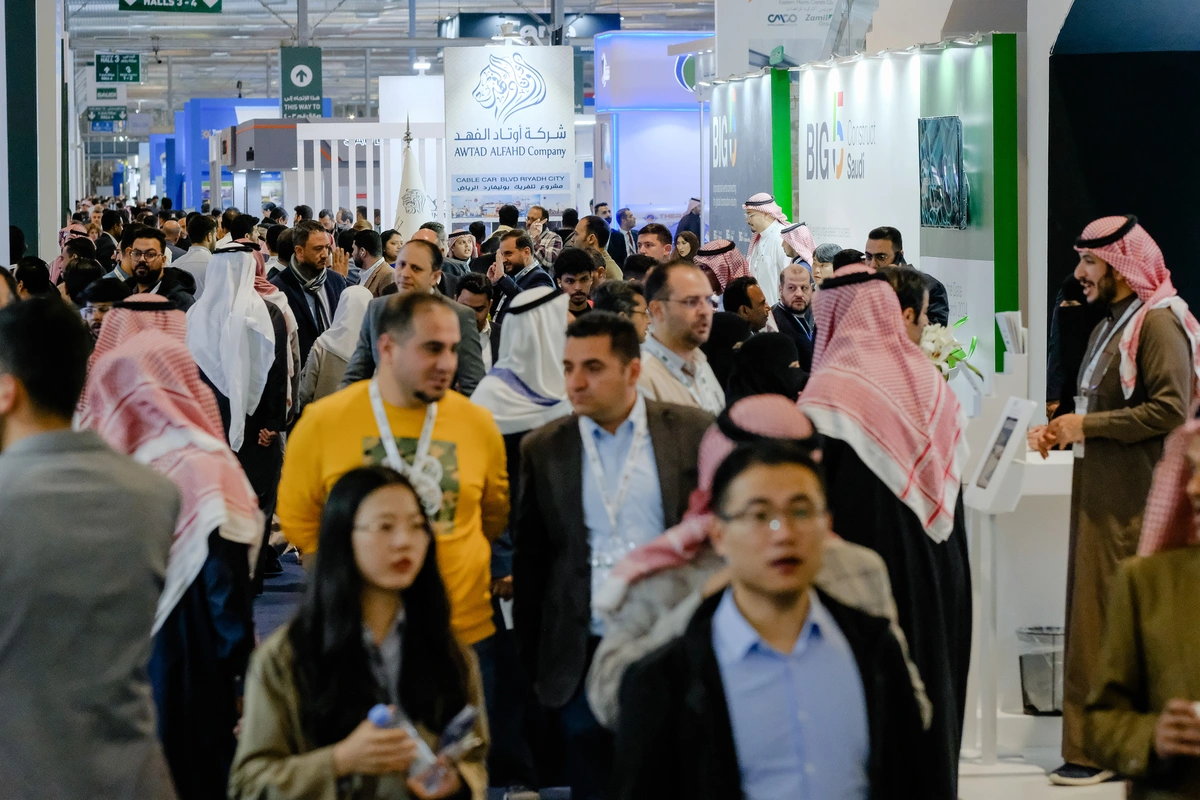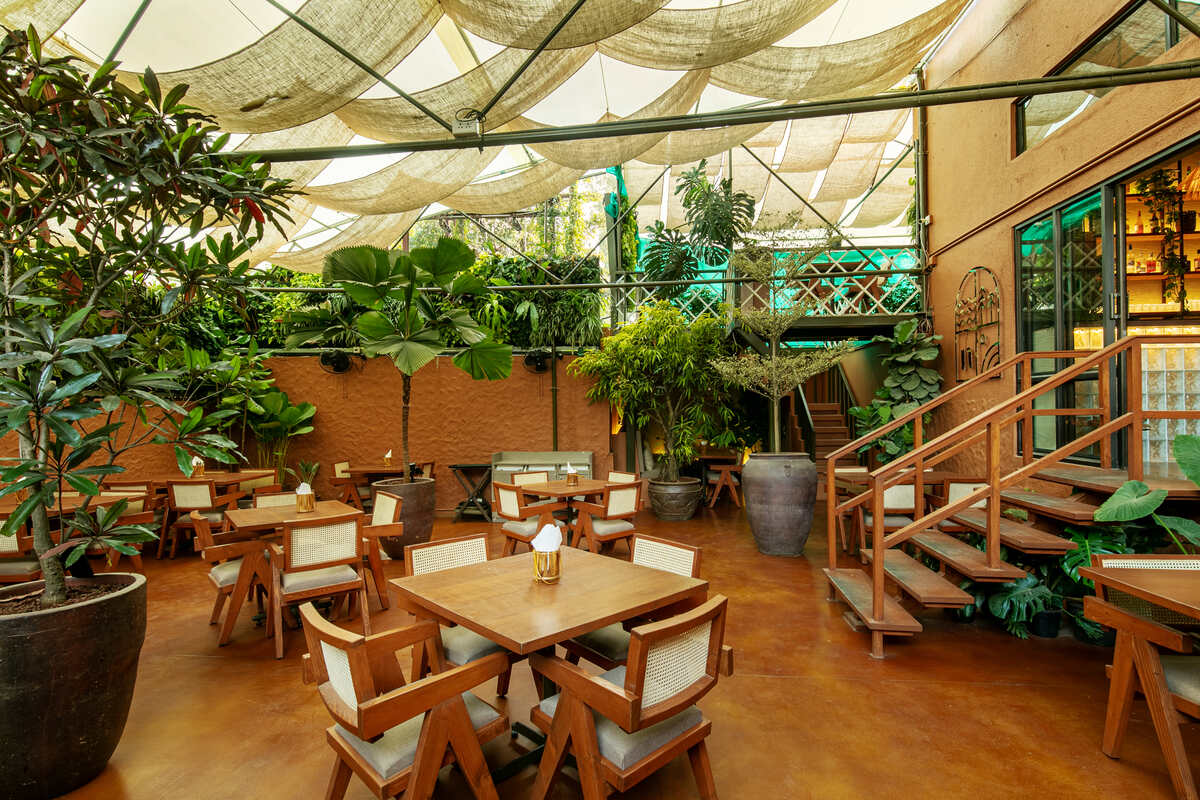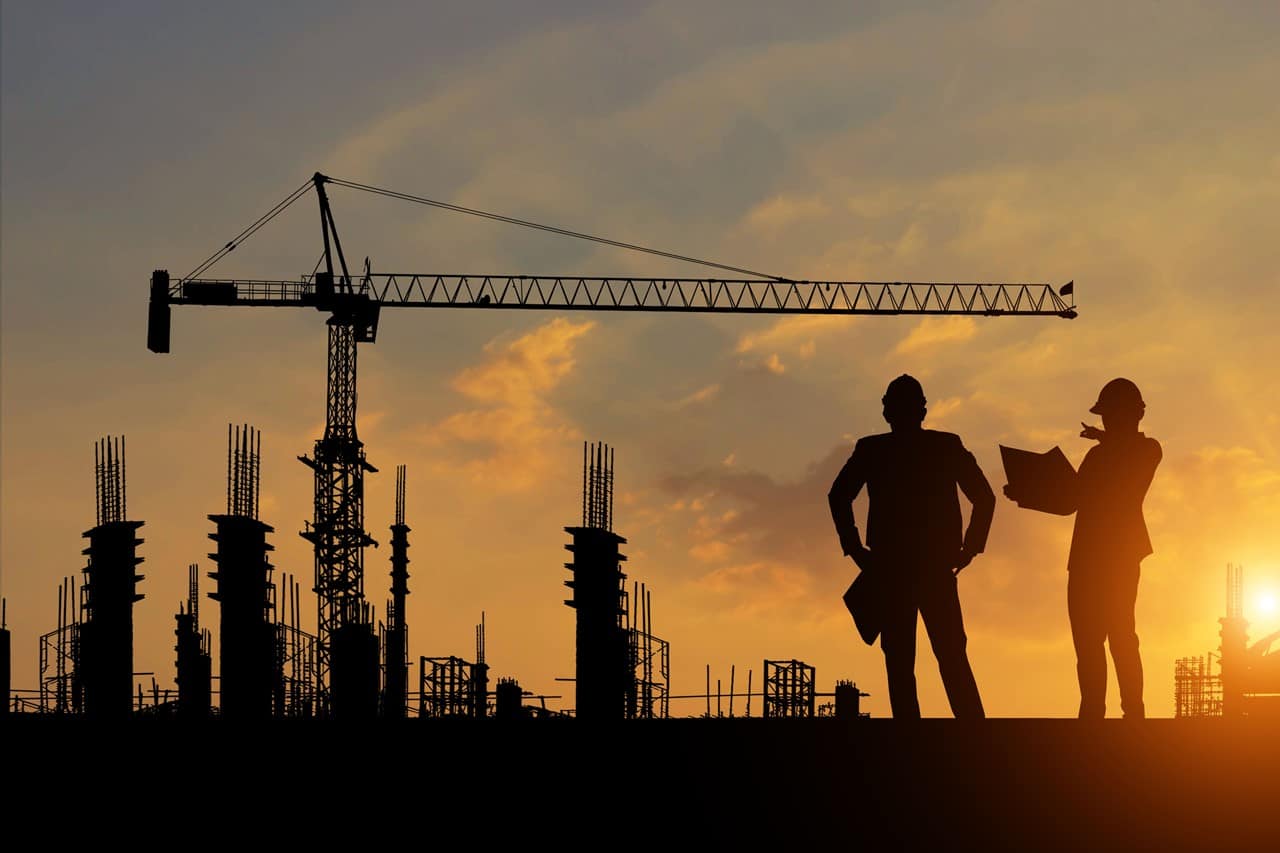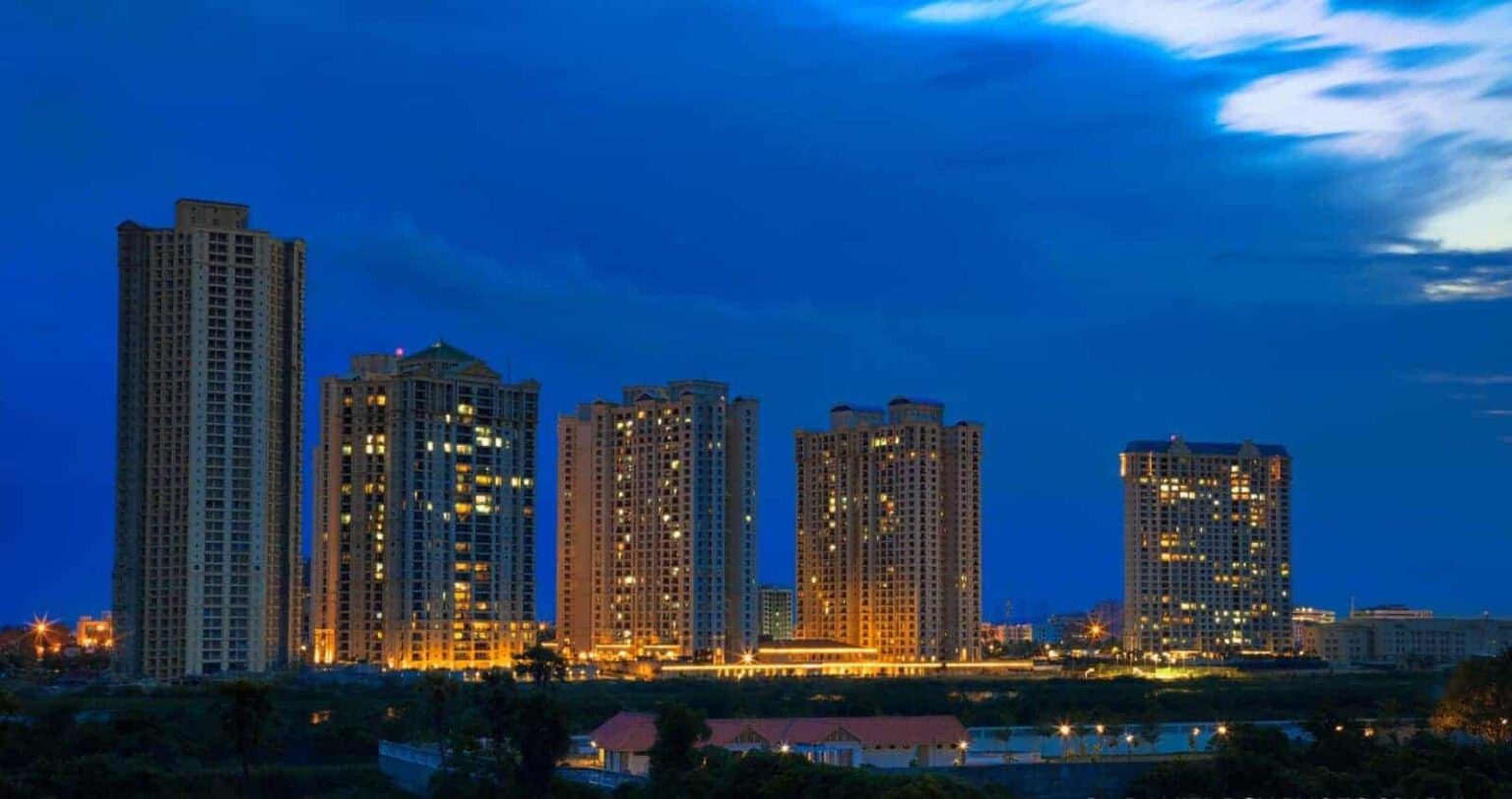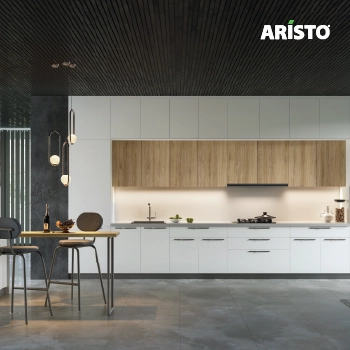A photograph can tell any story depending on the individual seeing it. When you bring this use of photography into an architectural photoshoot, where art, design, and calculations are balanced, this must have a pre-defined role and definition. Architecture photography is a specialisation in India that holds onto the design, rendering, and aesthetic features of structures and built environments. This category has been broadly divided between exterior and interior architectural photography. Exterior architectural photoshoot presents the building’s external characteristics, surroundings, and landscape. While interior photography highlights architectural design, light, and spatial relations inside a building. The architecture photography niche in India is picking up because of the boom in the banking, residential, and commercial sectors, as photographers are increasingly required to cover properties, hotels, restaurants, and other built spaces in an attractive and visually stunning way. This makes an architectural photoshoot appealing and lucrative as a career choice for photographers.
Now, if this same strategy is used in an architectural photoshoot, it will add a broader definition to the photo while enhancing its visual language for the common people. Many photographs can be taken at the same structure or location. But will that define its language or even the emotions? No, as they were taken at the same location but by different individuals in different situations with varying emotions.
So, saying or justifying a definition of the photo forever will never work. It all depends on the moment and the purpose.
Contents
- 1 What is architecture photography?
- 2 Architecture photography should not turn into real estate photography
- 3 Why do you need an architectural photographer?
- 4 Top 10 architecture photographers in India
- 5 Good photography is important in architecture
- 6 Focusing on the intersection of photography with architecture
- 7 Architecture photography – Between documentation and interpretation
- 8 Techniques in architectural photoshoot
- 9 Architecture photography 101: Tips to capture an architectural photograph
- 10 Future of architectural photography
- 11 FAQs
- 11.1 What is the level of demand for architectural photographers?
- 11.2 What is the best lens for an architectural photoshoot?
- 11.3 When is the best time to photograph architectural works?
- 11.4 How do we correct lens distortion in an architectural photoshoot?
- 11.5 What are the suggested accessories for photography in building and architecture?
- 11.6 What skills should I learn to become an architectural photographer?
- 11.7 What are the common rates for architectural and building photography services in India?
- 11.8 What are some challenges of doing architecture photography?
- 11.9 What steps should I take to pursue a career in architectural photography?
- 12 Editor’s Take – Architectural Hardware Market in India
What is architecture photography?
Architectural photography is exactly what it sounds like: the photoshoot of architectural structures. A great architectural photoshoot makes the most of a structure’s design and environmental setting. Photography in architecture and interior design is an interesting domain that is evolving in India.
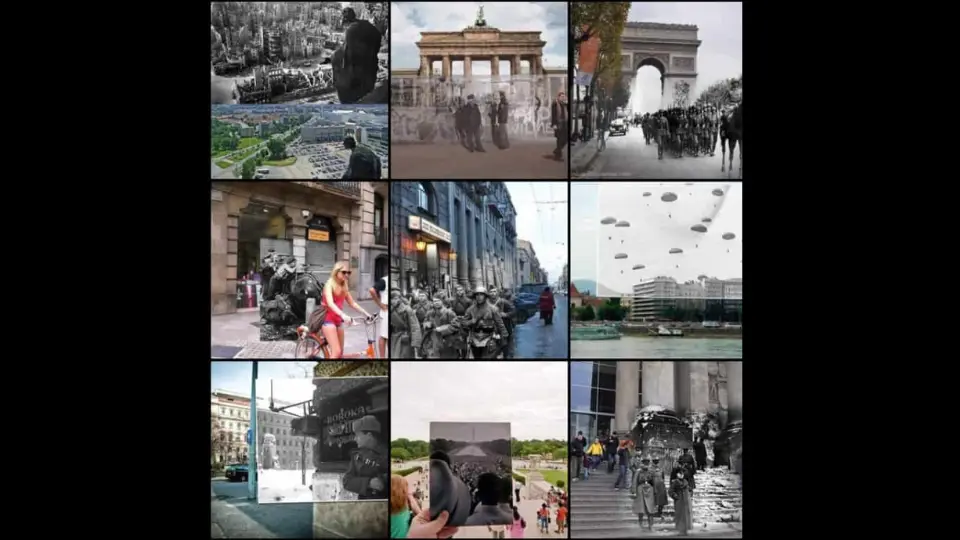
Architecture photography should not turn into real estate photography
Real estate photography showcases properties for sale. Architectural photoshoot, on the other hand, is focused on capturing the aesthetic and intention of a structure in the most interesting and unique way possible. One must understand the architect’s design intent to fully capture some amazing moments of the particular structure. If you want to sell a house, hire a real estate photographer who focuses on interior architecture photography. But if you want to showcase the distinct character and art of a structure, you need to hire an architecture photographer.
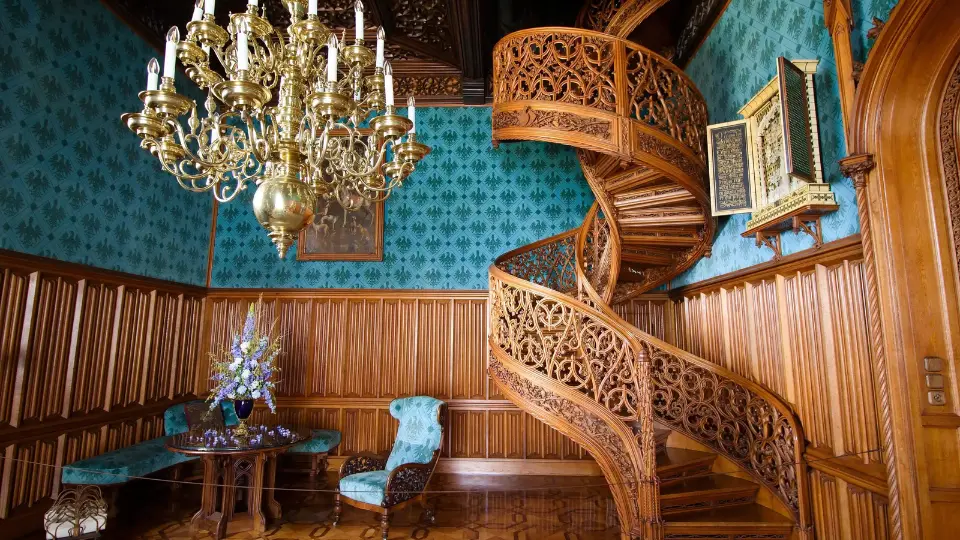
Why do you need an architectural photographer?
Architectural photographers can create images that are as bold and imaginative as the structures. Architects place thought, time, and energy into their designs, so it is a must to hire a photographer who can do justice to their designs. To represent a business in a manner that earns the respect of customers, clients and other professionals while getting them interested in what you have to offer, it is best to engage a professional architectural photographer. They can produce high-quality, striking photographs that truly represent your brand. No matter if you are an interior designer, architect, business owner or building materials supplier, you want your expertise in architecture photography to be highlighted. You want the colour combinations of the room, the angles of the structure or the texture of your stones to impress your client. Awkward, dark, or boring photos will not do you or your product justice.
Factors to consider for an architectural photographer
Advertising and marketing
Every business needs to market itself. Whether used for print advertising, marketing brochures, materials, or photos, you need to maintain the consistency of your brand. First, you want to maintain your brand personality. Is your company formal or casual? A professional photographer who specialises in your industry will stage the photos most appropriately. Whether your photos involve products, people, buildings or food, a professional photographer knows the tricks of the trade to highlight the best features of your product.
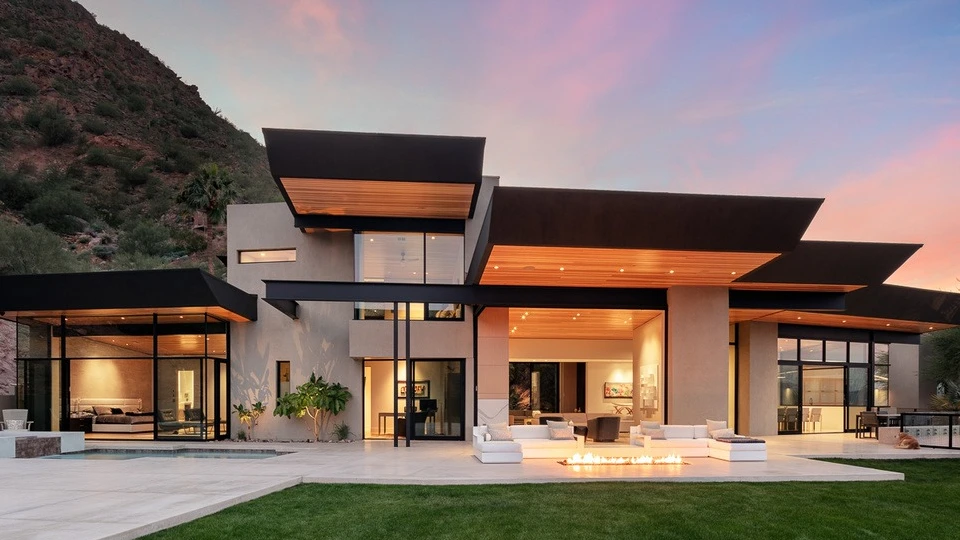
Lighting and quality of the photographs
Poor-quality photos can be a reflection of your business. People have an unconscious association. Poor photography can create the perception of poor products. So, even the best staging can be wasted if the lighting is not right or the angles do not capture the dimensions of the product while still having the emotions and artistic concept linked to it.
Professional lighting can truly make all the difference. Lighting can affect colour, depth perception and more. The goal is to always maintain the integrity of the colours and lighting as the architect and interior designer intended. It is important to evaluate the space at different times of the day to determine how the natural light plays in the space. The final product must look completely natural, as if you are standing right there.
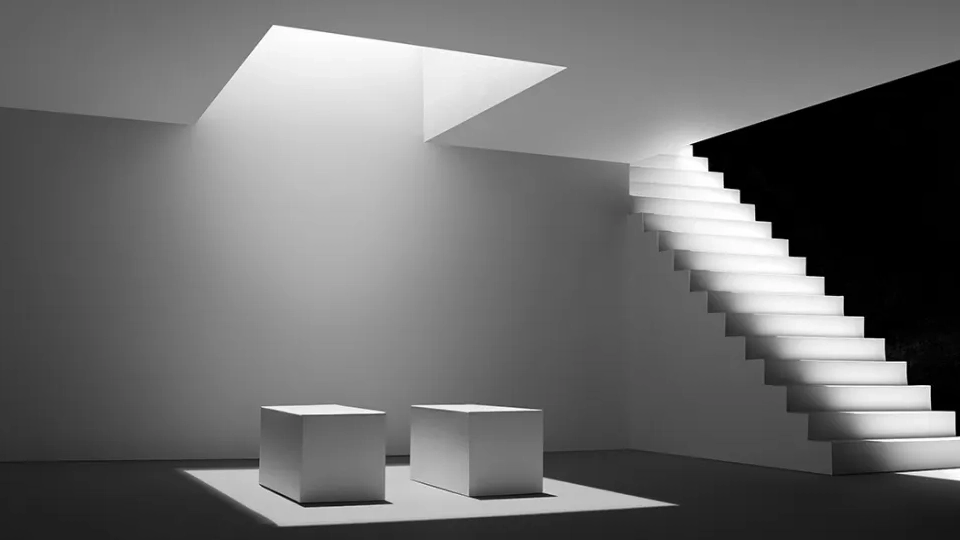
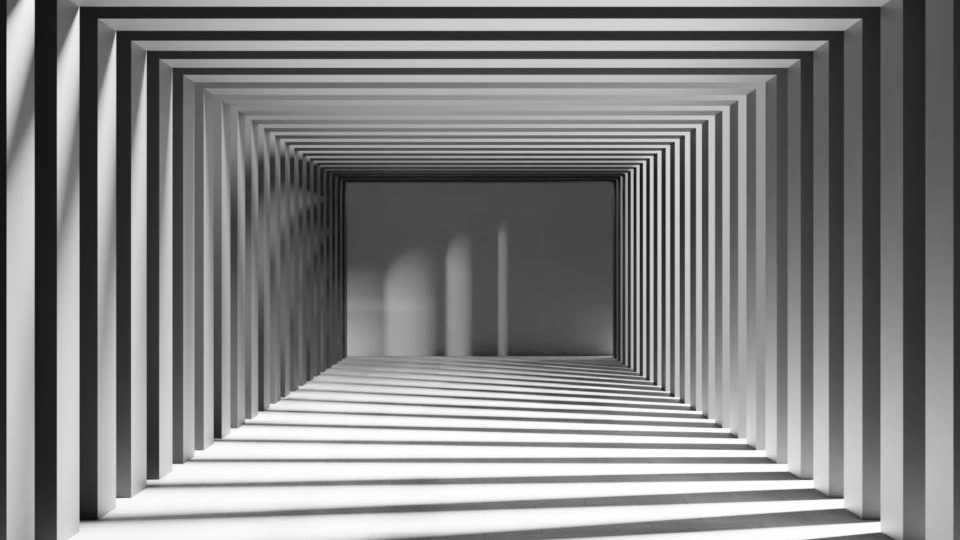
Additionally, a professional architecture photographer needs to be careful not to over-light an area. When you shoot a lounge area, you should always maintain the drama of the shadows on the textured walls. Post-production is an important component as well. A professional architecture photographer should be able to use a series of different techniques to correct. Any blemishes in the original shots are kept while keeping them looking completely natural.
Top 10 architecture photographers in India
Ishita Sitwala
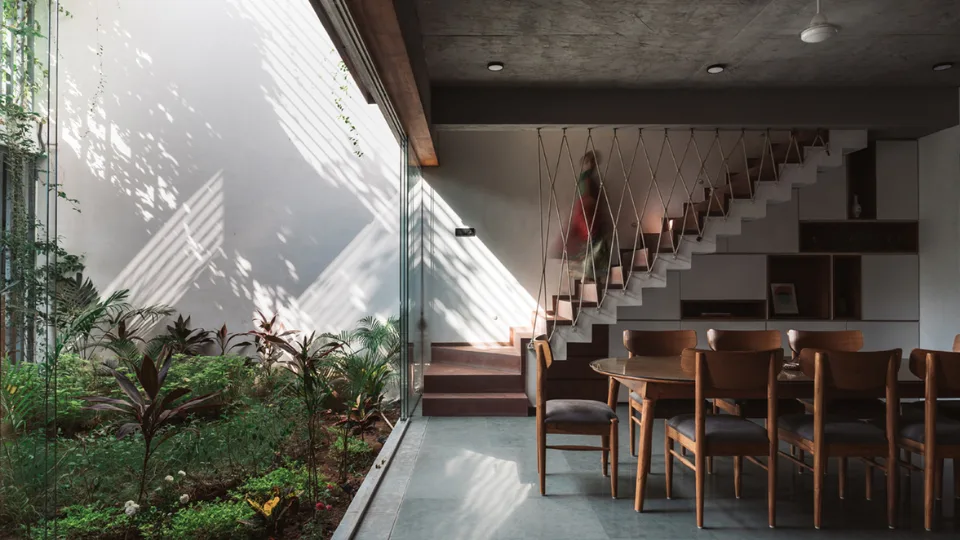
Ishita Sitwala beautifully captures the essence of built environments with maximum precision.
Sebastian Zachariah & Ira Gosalia
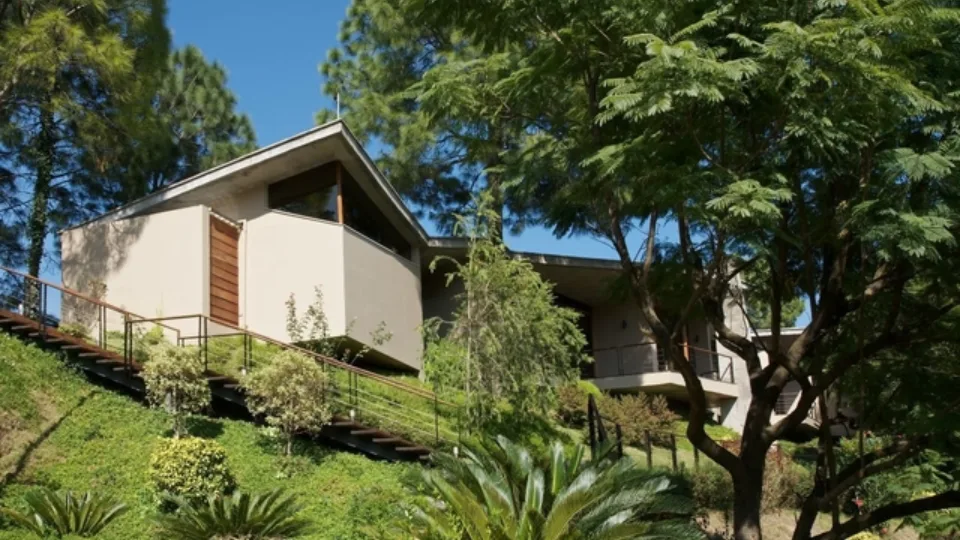
The duo has done breathtaking photography in the field of architecture that meets the perfect blend of artistry and technique in India.
Maulik Patel & Vidhi Patel
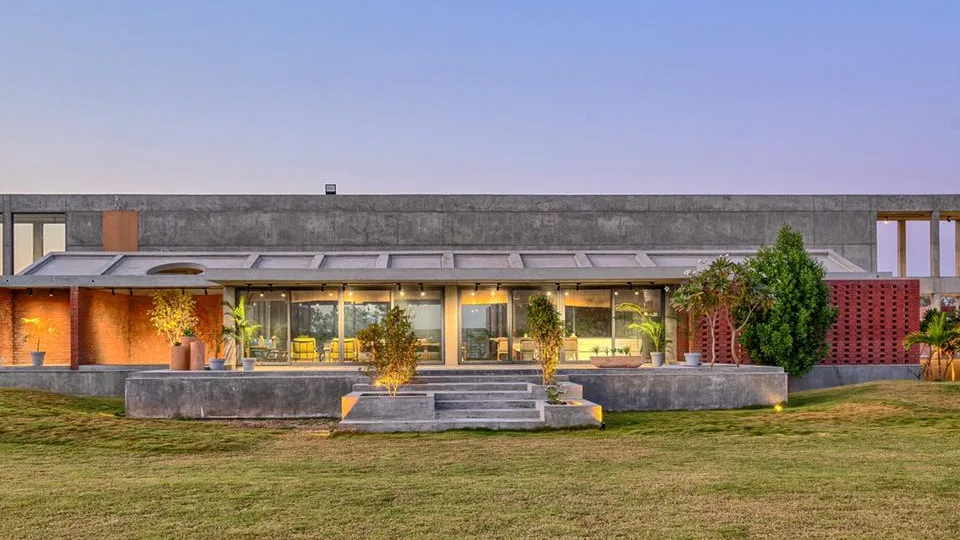
Their collaboration transforms spaces into beautiful works of art, architecture and photography, and sincerely gives value to them within and outside the context of India.
Prasanth Mohan
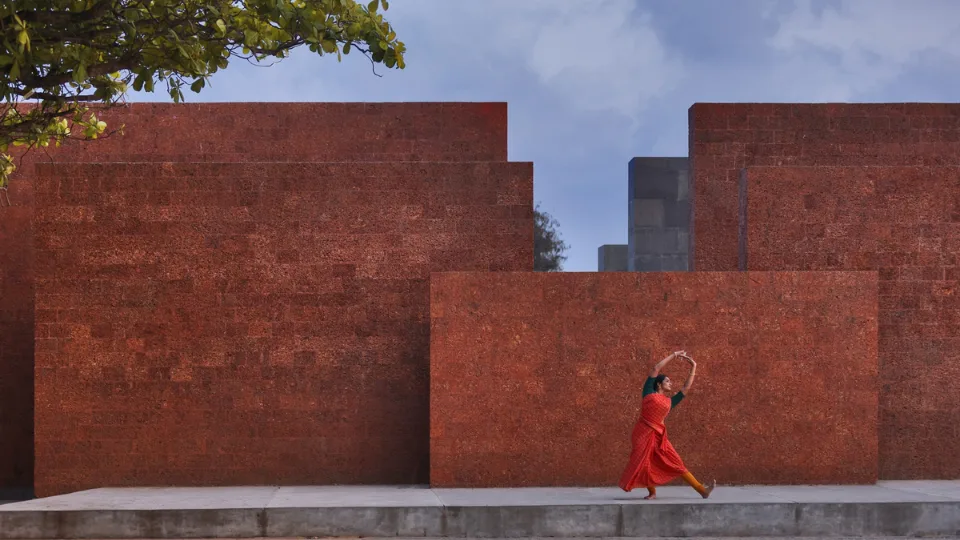
One of India’s finest architectural photographers. He tells untold stories of architecture through sensitive and atmospheric photography in India.
Kunal Bhatia
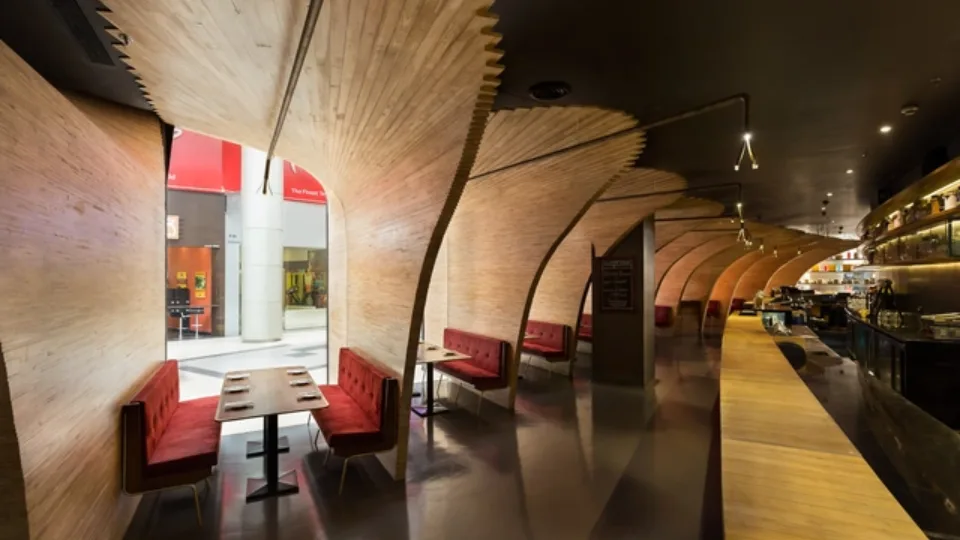
Often interested in illuminating the beauty of built environments with an eye for details and composition.
Hemant Patil
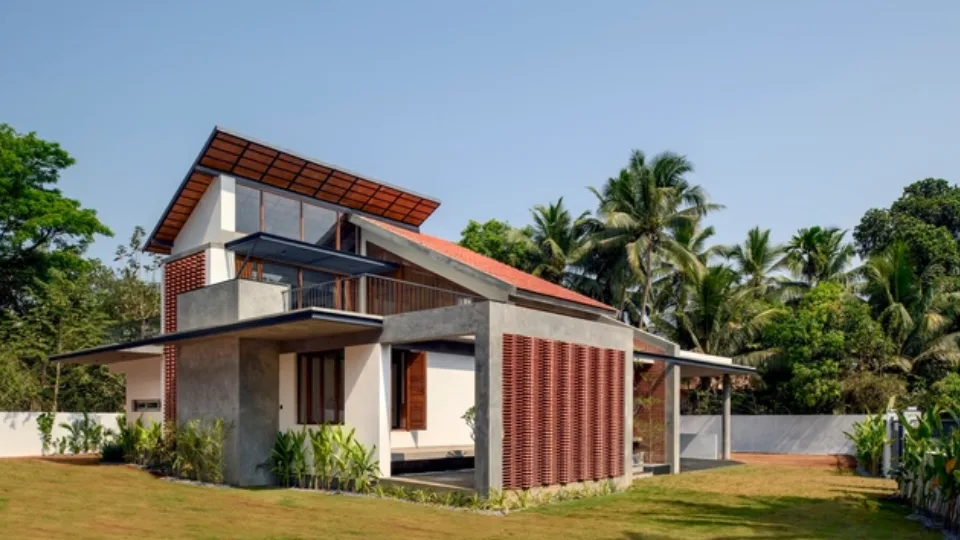
He is one of the finest architectural photographers. He focuses on visually arresting stories that demonstrate the conjunction of architecture and human experience through his medium of photography in India.
Ricken Desai
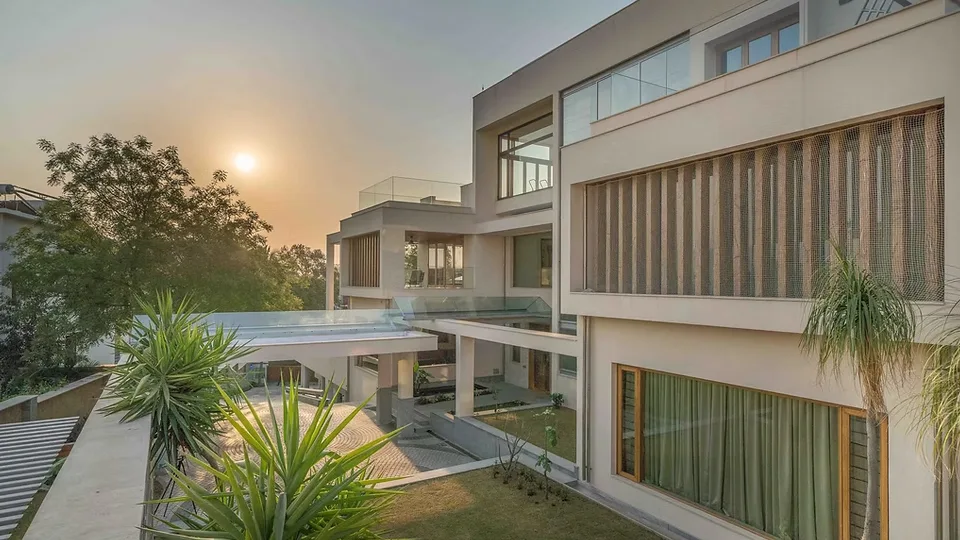
Raising the bar of an architectural photoshoot with innovative perspectives and a flair for the extraordinary, he ranks among India’s top architectural photographers.
Edmund Sumner
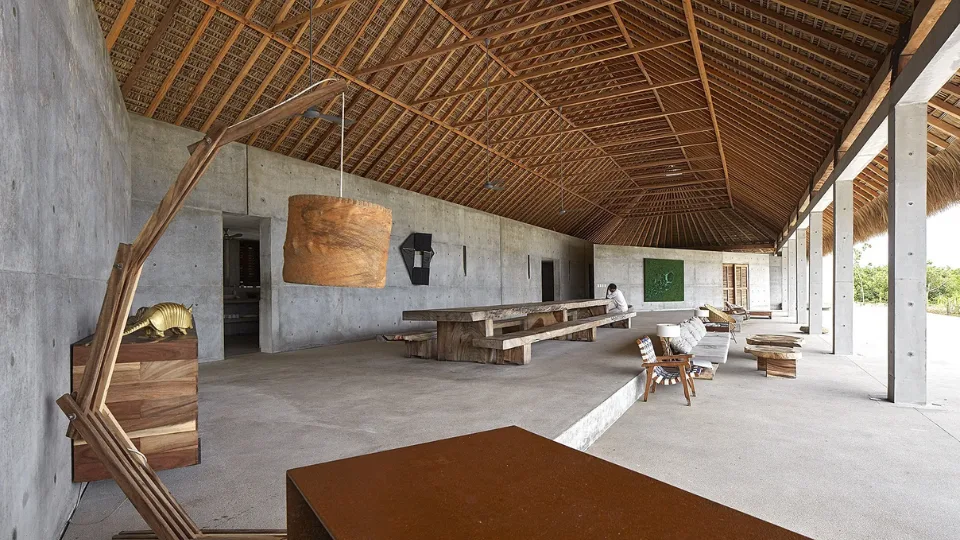
Building his reputation from powerful, large-format images communicates the drama and intricacies of masterpieces in architecture.
Pulkit Sehgal
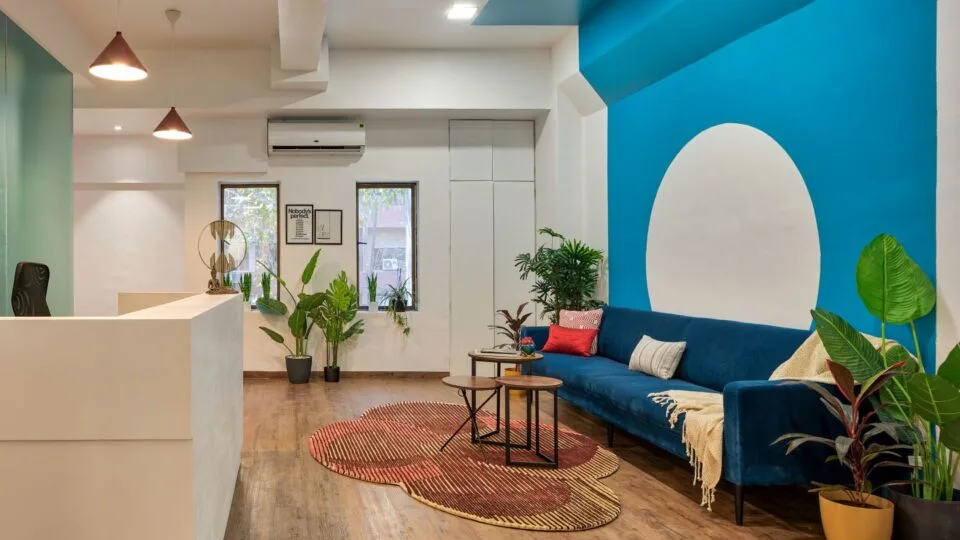
For him, photography in architecture represents a way to explore the people, the spaces, and the relationships that lie within built environments across India. He is one of India’s most sought-after architectural photographers.
Nivedita Gupta
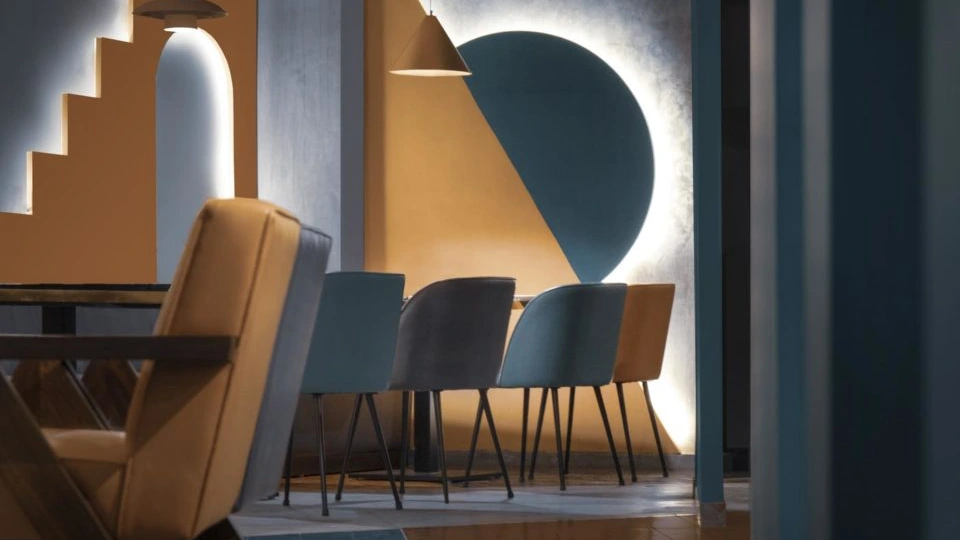
She is an architectural photographer, weaving together architecture with photography and story to form elegant visual narratives, and she is a maverick in India.
Good photography is important in architecture
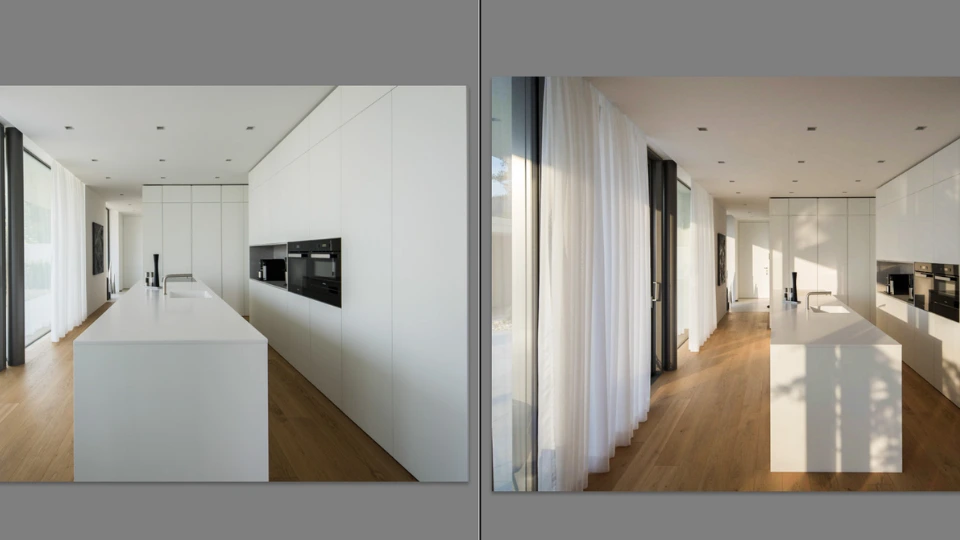
Images are registered and processed in the brain automatically. A photograph that contains people in some sort of setting not only tells their story but also showcases the subject and draws the viewer in. This allows them to focus on the details. Architectural photography is no different, except that the subject is most often a building. Showcasing the client’s building is a privilege and should be treated as such. As with interior architecture photography, insist on taking photos in the best light possible. Click photos at different times of the day. Shadows can create drama, while sunsets create a warm, inviting feel.
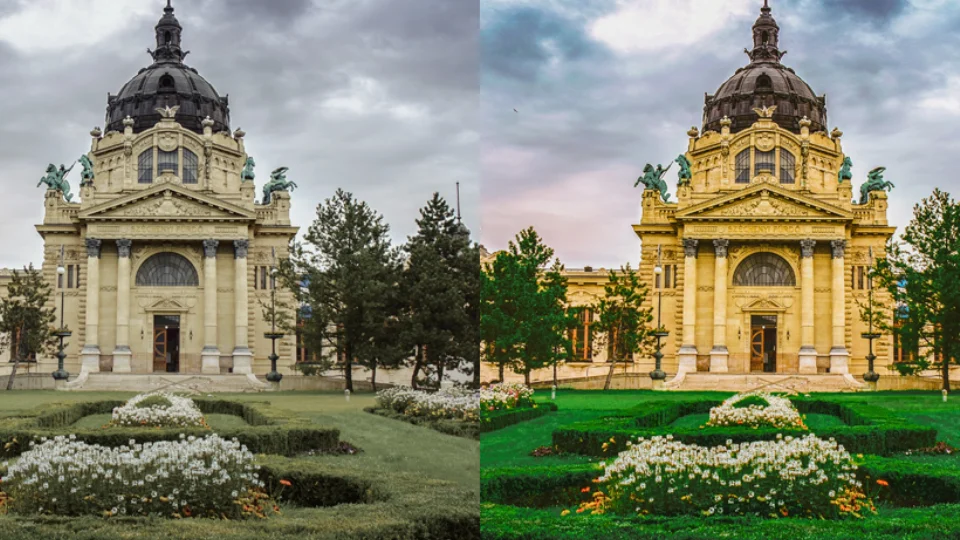
Do not forget the details. Think of a wedding. There are so many details put into planning a wedding, and you want to remember it all. You have photos of the cake, the rings, the flowers, the place cards and even the programme. The same is true in photographing a finished building. There are hundreds of intricate details put into the design. Pay attention to lines and light and how they interact with one another. Lines draw the eye and can create an illusion of distance and depth. Look for textures of the interiors, and the details of the railings and light fixtures. Take several images of the exterior as well as the interior in architecture photography. Once you have your images, bring them into a photo editing software and finish telling the story. This is very helpful, particularly in interior architecture photography.
Focusing on the intersection of photography with architecture
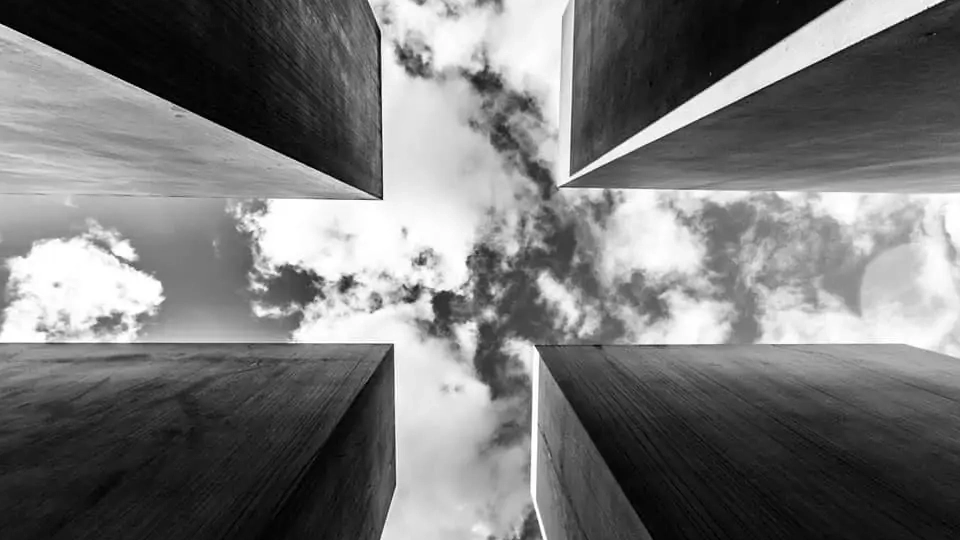
An architectural photoshoot is about a balanced transcription of a three‐dimensional world onto a small flat surface. It is also the testimony of the interaction between two closely related and yet somewhat distinct disciplines, whose interplay has grown entangled in recent times. While architects and historians continue to deploy photographs as indexical records of artefacts, buildings and sites are growingly identified with their photographic images as a consequence of the emphasis placed today on architecture as a form of mass communication.
The history of the partnership of architecture and photography is captivating for numerous reasons. With the invention of photography, a long series of enthusiastic observations by historians and photographers reported on the experience of physically “being there” while holding a small daguerreotype of a Venetian palace or counting the detailed panes of glass of a window imprinted on a paper negative of one’s own home. These striking statements articulated by John Ruskin (1819–1900), William Henry Fox Talbot (1800–1877), and numerous other travellers and historians of a time past became layered with contemporary accounts that privileged the position of the architect as the main orchestrator of a message.
In his compelling study of Second Empire photographs by Édouard Baldus, Barry Bergdoll notes that “the architect viewed the photographer as a nameless presence” and that “the author of the building could sign the photograph, or dessin photographique as it was often called, instead of the author of the representation.” Baldus’s photographic “style” carved buildings from the urban context with the specific intent of interpreting Baron Georges‐Eugène Haussmann’s (1809–1891) politics of dégagement, where monuments appeared as new beacons within open vistas.
Evolution of architecture with photography
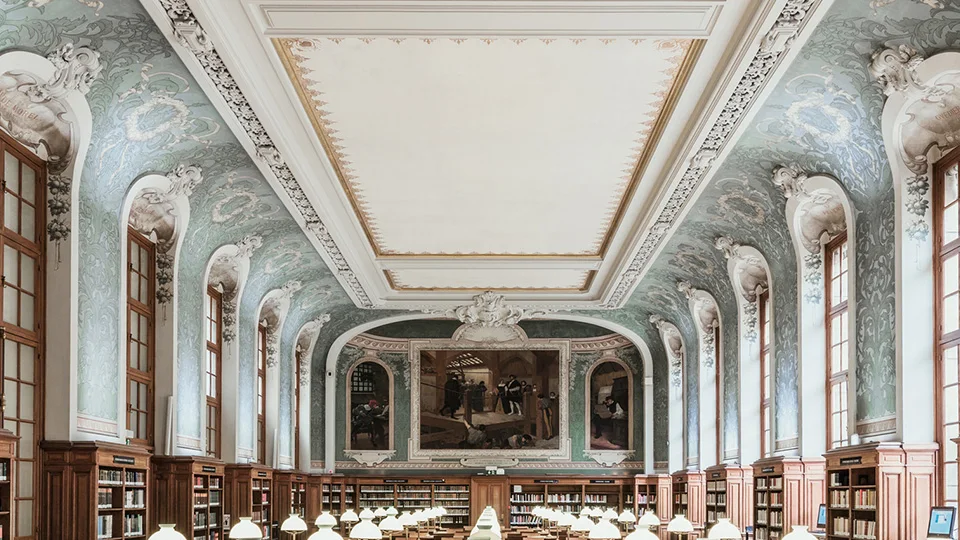
If nineteenth-century photography of architecture featured an invisible yet ongoing history of image manipulation and physical retouching, modernist practices drew even more radical inspiration from these considerations. Beatriz Colomina and Jean‐Louis Cohen have written on Le Corbusier’s (1887–1965) alterations of photographs to support his theories, and his profound understanding of the printed media as “a new context of production, existing in parallel with the construction site,” as exemplified by his early publications, in particular the journal L’Esprit Nouveau.
Similar considerations about the symbolic use of photography apply to Ludwig Mies van der Rohe’s (1886–1969) early photomontages, where the architect cut and pasted photographic reproductions and drawings of a projected glass skyscraper (1921–1922) and of the Adam Department Store (1928–1929) into the existing urban texture of Friedrichstrasse, Berlin, to build realistic yet unrealised graphic projects. These alterations vary from perfect camouflages to Mies’s visible manual alterations, where the architect’s work or signature prevails over the mimetic qualities of the photograph. This symbiotic history of modern photography and architecture moves back and forth, from a critique of photography as a form of disconnect from the real to its embrace as mechanical and industrial reproduction, to the challenge of translating the asymmetrical plans into a well‐organised photographic description.
Such contested authorship, deeply ingrained in nineteenth‐century photographic commissions, has reached a complete turn with the postmodern debate, informing contemporary practices and inducing architects to think increasingly “photographically.” These brief notes and the existing literature, mostly elaborated by historians of architecture and contemporary art theorists, clearly show that an interdisciplinary approach is necessary to produce a debate on the relationship between architecture and photography. This approach must consider the context of image production and media distribution, which involves two distinct yet interconnected authorships.
Architecture photography – Between documentation and interpretation

In the post-postmodern era, reality itself is neither clear as a concept nor as a relevant parameter. When referring to ideals and perfection, people make conflicting comparisons. Architecture is a discipline that works with both terms and reflects on the real and the illusive simultaneously. Therefore, both reality and simulacrum can be defined through various perspectives. We can talk about the reality of materials like the weakness of concrete or the solidity of glass. Analogously, the architecture is compared to the image of architecture. What is it that an architecture photographer wants to accomplish when displaying architecture? Are they trying to report on architecture and document its appearance, or trying to use the visuals to point out immaterial features? Is architecture used as a frame for events, and is it responsible for creating a certain atmosphere and provoking feelings?
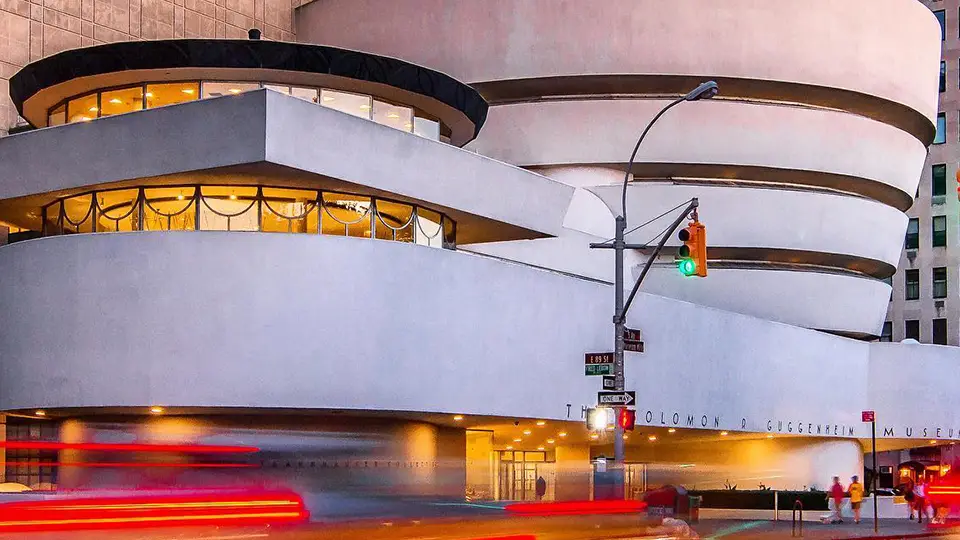
The Guggenheim Museum in New York is the most photographed landmark in the world. The round-shaped spiral building, which looks nothing like the floor–wall–false-ceiling system we think of when imagining houses, has now become maybe even too familiar. The photographs expose it from so many angles, and as a result, people who have never visited the museum probably know what most of the building looks like. Guggenheim Museum has such a strong character, and yet it almost became a neutral space, something rather ordinary. The most interesting part is that, although photography mostly tends to preserve, in this case, it helped reveal the nature of a building of a certain age. Even more importantly, it demonstrated the simple fact that architecture is not resistant to decay.
Techniques in architectural photoshoot
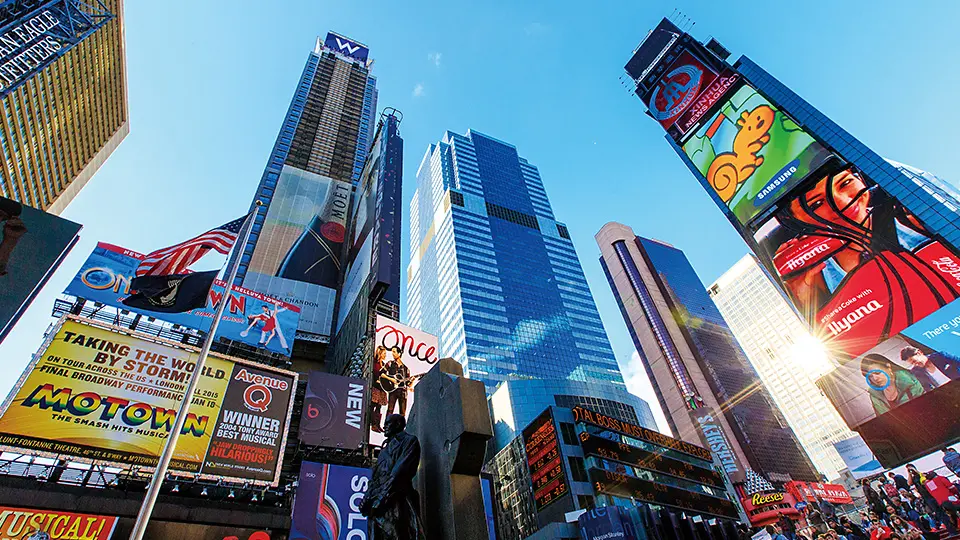
Architectural photography is more than just an offhand attempt to document a building. By the 1860s, an architectural photoshoot had become an appreciated visual medium, and by the middle of the 20th century, architects started cooperating with photographers regularly. Buildings became highly valued subjects of photography for one reason or another. They display cultural significance and manifest trends in societies, which is an important matter of photography and its purpose of documentation. Is there a better way to ensure that these monuments remain permanent than to take photographs of them? Architecture photographers capture time and changes. They acknowledge the synthesis of the old and the new, the neoclassical and the modern, in a refined manner. They advocate architectural design and stage settings, but they also capture spontaneous moments that happen in and around buildings and landscapes and unveil their true character.
Architecture photographers use different techniques, and some of them are the same from the very beginning. To obtain a controlled perspective, they used to use view cameras, positioning the focal plane of the camera so that it was perpendicular to the ground. Today, photographers mostly use digital single-lens reflex cameras (DSLR) that provide different options when it comes to lenses, depth of field and controlling perspective for both interior architecture photography.
Architecture photography 101: Tips to capture an architectural photograph
Here are a few tips for really remarkable shots of architecture:
- Do your homework: Always try to scout the location, viewpoints, and permits.
- Camera settings: Use a wide-angle lens, shoot in RAW format, and keep the ISO low.
- Composition: Check for leading lines, symmetry, reflections, and context.
- Lighting: You can capture the best photographs in the golden hour and cloudy skies. Always avoid the harsh midday sun. Ensure proper lighting, particularly in interior architecture photography.
- Post-processing: This is an important step. Adjust exposure, lens correction, and local adjustments.
- Additional tips: Use a tripod, infinity focus on the lens, and play with angles to capture a masterpiece.
Future of architectural photography
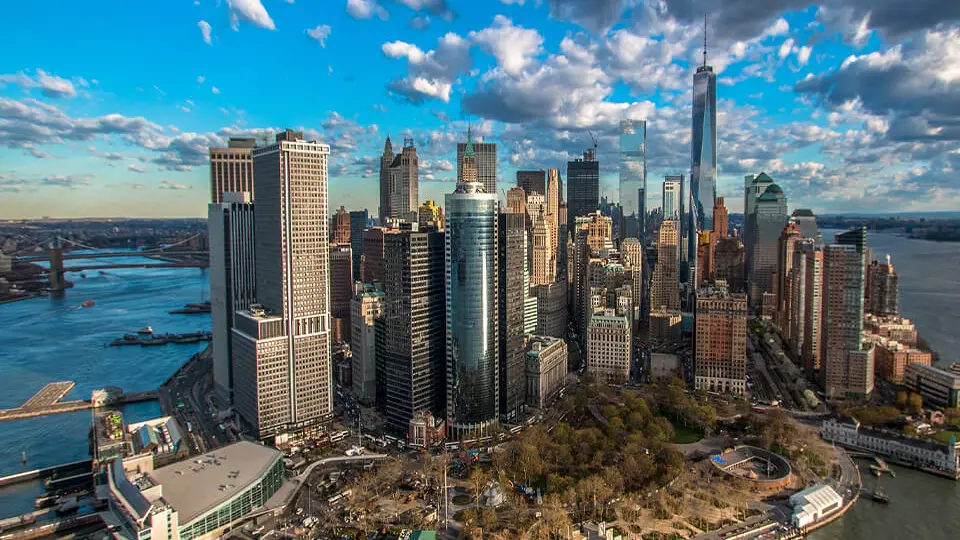
There is one more thing that evolved during the digital era, and its effect on architecture and photography was inevitable, even in India. Experts deploy 3D programs for modelling and rendering to make images that perfectly illustrate the debate on whether reality is unreal or whether the simulation is too real. Almost every architectural studio renders to visualise their projects before they are built so that both the investors and the public can anticipate their future appearance. These images can vary from obvious imitations to complete illusions, and photography seems to take a strange position when confronted with these techniques. You can use it either as a compliment to enhance the render and create illusive images that simulate reality, or as a concurrent stream that adds what renderers can hardly ever provide, a touch of imperfection.
To conclude, both are important. If the renders exceed the expectations of the photographs, the photographs can serve as part of the as-built stage of the project, providing visual documentation of what was proposed versus what has been delivered.
FAQs
What is the level of demand for architectural photographers?
There is now a good amount of demand for architectural photographers in India, which is increasing because of the growth of real estate and construction companies. Architects, interior designers, dealers, and property developers need high-quality images to showcase their work, particularly in interior architecture photography, and this makes it an exciting time for photographers to specialise.
What is the best lens for an architectural photoshoot?
The best lens for architectural photography is a wide-angle lens that can span a focal length of 10 mm to 24 mm and allow maximum precision. This lens allows one to photograph vast spaces and sweeping lines whilst minimising distortion. Popular lenses include the Canon EF 16-35 mm or the Nikon AF-S Nikkor 14-24 mm, particularly in interior architecture photography.
When is the best time to photograph architectural works?
The best time to capture architectural photographs is at the golden hour, just before sunset or immediately after sunrise. The soft and warm light enhances textures and colours, and the shooting angle helps to add a little bit of intrigue because of the long shadows. Midday sun that can create harsh highlights and shadows on your subject should be avoided.
How do we correct lens distortion in an architectural photoshoot?
You can correct lens distortion using software tools like Adobe Lightroom or Photoshop, which offer distortion corrections and built-in profiles. Some cameras even have lens compensation turned on within their camera settings. The correction of lens distortion is an important step in building a masterpiece.
What are the suggested accessories for photography in building and architecture?
Above all, photographers should consider a tripod, a wide-angle lens, and a remote release or timer as the three most valuable accessories for architecture photography. Other valuable items include a polarising filter to reduce glare, a neutral density filter for long exposures, and a camera bag for the safety of your equipment.
What skills should I learn to become an architectural photographer?
To become an architectural photographer, one must learn skills such as camera handling, lighting, and postproduction techniques. Composition techniques, an eye for detail, and an understanding of spatial relationships are also important for capturing beautiful architectural photographs. Business methods like marketing and communications are necessary to keep a healthy client-professional relationship.
What are the common rates for architectural and building photography services in India?
Rates of architectural photography services in India vary based on location, experience level, and project type. Hourly rates range from Rs. 5000 to Rs. 12000, and day rates may run from Rs. 15000 to Rs. 150000. Some charge per image or offer packages. Always research local market rates and prices according to the type of client you wish to attract.
What are some challenges of doing architecture photography?
Some challenges of architectural photography are mastering lighting, controlling perspective distortions, striking a balance between creative vision and client requirements, and navigating erratic site conditions and weather. All three aspects of pre-production, execution and post-production are crucial, and the challenges vary at each stage. To get the intended result, each step requires both technical proficiency and innovative problem-solving.
What steps should I take to pursue a career in architectural photography?
Both formal education and hands-on experience are vital to pursue a career in architectural photography. One must build a strong portfolio to showcase work done, learn the techniques and network with architects and builders to build a network and get opportunities. But most importantly, one must have an eye for details, along with architecture and building photography skills, in India.
*The featured image used in this article is from Pinterest.com
Editor’s Take – Architectural Hardware Market in India
Architectural hardware is a niche within the broader construction and design industry. This niche includes a wide range of pr









